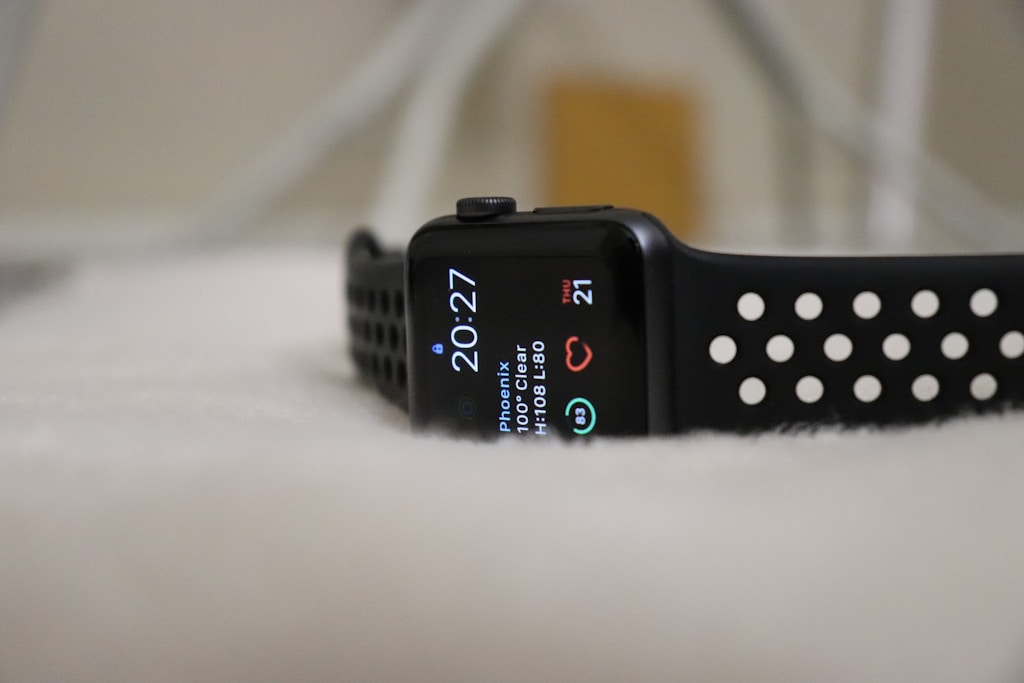Table of Contents
When it comes to taking care of our older family members, we want to maximize their quality of life. One good way to do this is with wearable technology.
These are small gadgets they can wear that help keep an eye on their health. Let's take a look at how these tools are making a big difference for seniors living at home.
Wearable tech can be watches or bands that you can wear on your wrist. They can count how many steps you take, check your heart rate, and even tell you how well you're sleeping!
For community dwelling older adults, these gadgets are super helpful. They can make sure they're moving enough throughout the day to maintain strength.
They're also great at checking how much you move. If someone is sitting too much, the gadget might remind them to get up and walk around. And if they fall, some wearables can tell and send for help!

One of the best things about these wearables is that they can keep track of important health numbers. Some of them can measure heartbeats and even how much oxygen is in the blood.
They also help them to be more independent because they can check on their own health without always having to go to the doctor. But this information can let them know when it's time to see a doctor.
It's important for seniors to stay active, and wearables can help set goals for how much they should move. They can start with easy goals and then go up as they get stronger. It can be fun too because these gadgets can make a game out of getting healthy. They give rewards and cheers when someone hits their goals.

Not all wearables are the same, so it's important to pick the right one. It should be easy to use with a big screen and buttons that are simple to press. And it should be strong enough to handle everyday life, like a surprise rain shower or an accidental drop.
Teaching seniors how to use these gadgets is key. They might need a little practice, but once they get the hang of it, they'll love being able to check on their health anytime they want. Plus, it helps them stay in their own homes longer, which saves big bucks in the long run.
So what type of wearable device is right for your loved one? Check out the pros and cons of each type of wearable below.
Fitness trackers are great for keeping older adults active and engaged in their health. They encourage daily movement by tracking steps, heart rate, and even sleep patterns, which can motivate seniors to maintain a healthy lifestyle. Many of these devices have user-friendly interfaces and display progress in a simple format that's easy to understand. They often come with companion apps that can set reminders for medication and doctor appointments, integrating health management into one place.

However, the small size of fitness trackers can sometimes be a disadvantage for older adults with vision impairments or less dexterity. The data provided by these devices can be overwhelming, and without proper interpretation, might cause confusion or unnecessary worry. Additionally, the need to regularly charge the device or sync it with a smartphone can be a hurdle for less tech-savvy seniors.
Inadition to the capabilities of fitness trackers, smartwatches can do more. They can act as an extension of a smartphone, allowing older adults to receive calls, texts, and even use emergency SOS features without needing their phone on hand. Advanced models can detect falls and automatically call for help if the user is unresponsive, providing peace of mind for both the wearers and their caregivers. The interface can be customized with larger icons and text for easier navigation.

The cost of smartwatches can be a significant con, as they're generally more expensive than basic fitness trackers. They may also require a more complex setup and regular updates. The wide array of features, while beneficial, can be confusing for some seniors, leading to underutilization of the device's capabilities. Like fitness trackers, the need to charge them frequently can be inconvenient for some users.
Medical alert devices are specifically designed for emergencies, which makes them incredibly valuable for older adults living alone. They usually come with a simple button that can be pressed to summon help immediately, and they often include fall detection technology that requires no action from the wearer to alert emergency services. These devices are also designed to be waterproof, which means they can be worn in the shower, one of the most common places where falls occur.

One downside is that these devices typically require a monthly service fee, which can add up over time. Some models may lack the additional health tracking features found in fitness trackers and smartwatches, providing only basic emergency services. The design of medical alert devices can be stigmatizing for some seniors who don't want to wear something that visibly labels them as vulnerable or at risk.
Each of these wearable technologies has the potential to greatly aid community-dwelling older adults by enhancing their safety and encouraging health monitoring. However, it's essential to weigh these pros and cons to choose the most suitable option for an individual's needs and preferences.
That's all for today.
Take care, keep mom safe and have a great day!
Winn